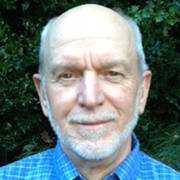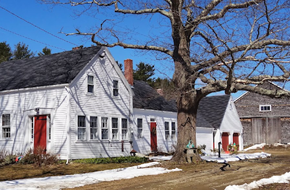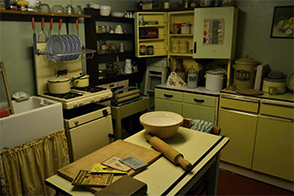Thomas Hubka
 Thomas Hubka earned his Bachelor's degree in Architecture from Carnegie-Mellon University and Master's degree from the University of Oregon. His publications include Big House, Little House; Back House Barn: The Connected Farm Buildings of New England; Resplendent Synagogue: Architecture and Worship in an 18th Century Polish Community; and Houses without Names: Architecture Nomenclature and the Classification of America's Common Houses. His newest book is entitled The Transformation of Working-Class Houses and Domesticity, 1890-1940: Improved Homes for a New Middle Class. Hubka's research primarily interprets the historic development and relationships between architecture/buildings and culture/people.
Thomas Hubka earned his Bachelor's degree in Architecture from Carnegie-Mellon University and Master's degree from the University of Oregon. His publications include Big House, Little House; Back House Barn: The Connected Farm Buildings of New England; Resplendent Synagogue: Architecture and Worship in an 18th Century Polish Community; and Houses without Names: Architecture Nomenclature and the Classification of America's Common Houses. His newest book is entitled The Transformation of Working-Class Houses and Domesticity, 1890-1940: Improved Homes for a New Middle Class. Hubka's research primarily interprets the historic development and relationships between architecture/buildings and culture/people.
Contact
Thomas Hubka
Boston, MA
thubka@uwm.edu
Cell Phone: 414-336-5478
Available Program Formats: In person or online presentations
Scheduling notes and additional information:
Please schedule in-person presentations two or three months in advance. Virtual programs may be scheduled any time.
Thomas Hubka's Programs

Big House, Little House, Back House, Barn: The Connected Farm Buildings of New England
Through architecture unique to northern New England, this illustrated talk focuses on several case studies that show how farmers converted their typical separate house and barns into connected farmsteads. Thomas Hubka's research in his award-winning book, Big House, Little House, Back House, Barn: The Connected Farm Buildings of New England, demonstrates that average farmers were, in fact, motivated by competition with farmers in other regions of America, who had better soils and growing seasons and fewer rocks to clear. The connected farmstead organization, housing equal parts mixed-farming and home-industry, was one of the collective responses to the competitive threat.

How the Working-Class Home Became Modern, 1900-1940
In 1900, the average American family still lived by kerosene light, ate in their kitchen, and used an outhouse. In 1940, electric lights, dining rooms, and bathrooms were the norm as the traditional working-class home was fast becoming modern. This lecture will tell the story of how average Americans, including Granite Staters, transformed their typical dwellings from a primitive, premodern home life into an industrialized, modern domesticity–a transformation without precedent, either before or after, in American history. Come hear Professor Hubka's telling of how a "middle majority" of Americans first obtained modern domestic improvements at the beginning of the 20th century.